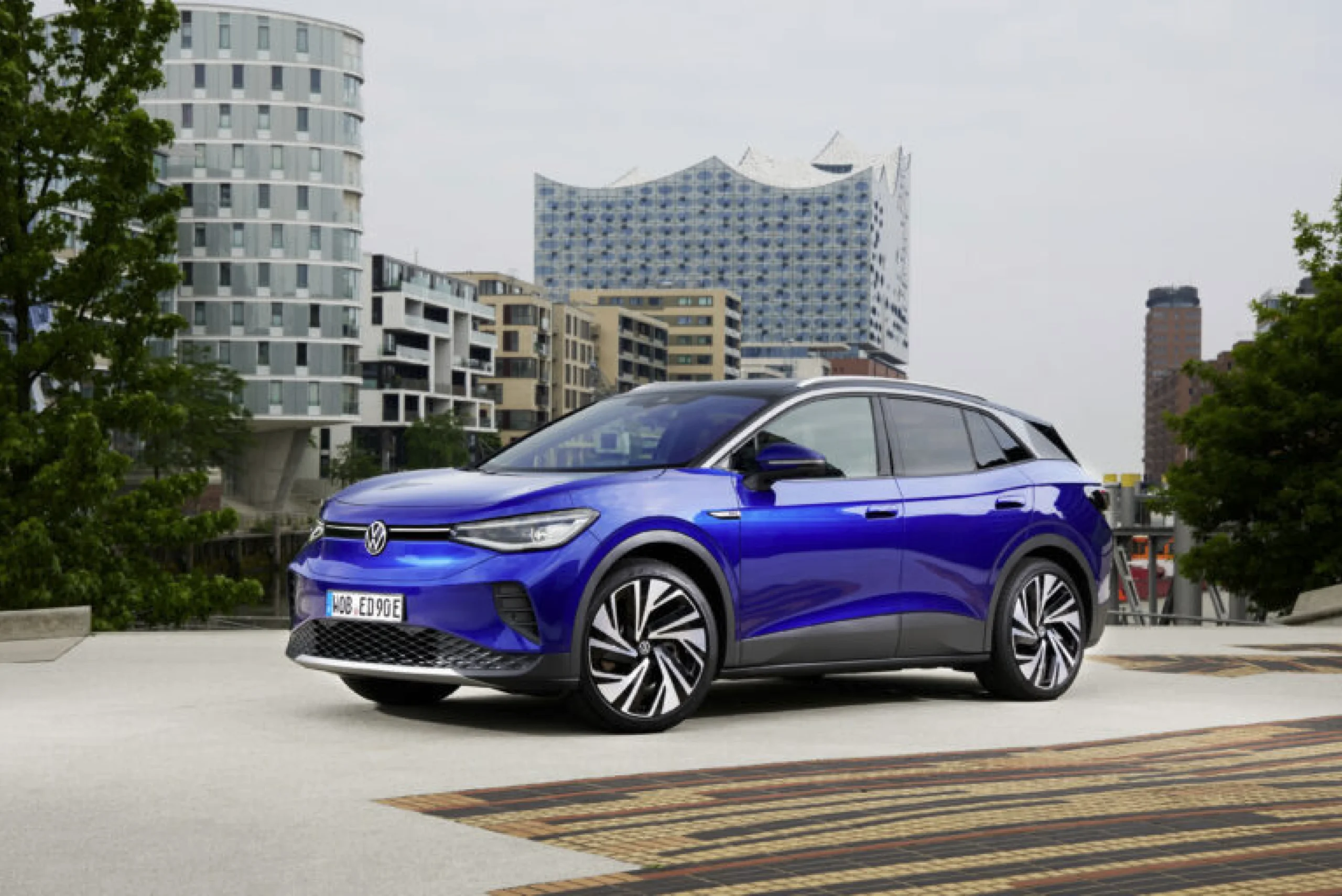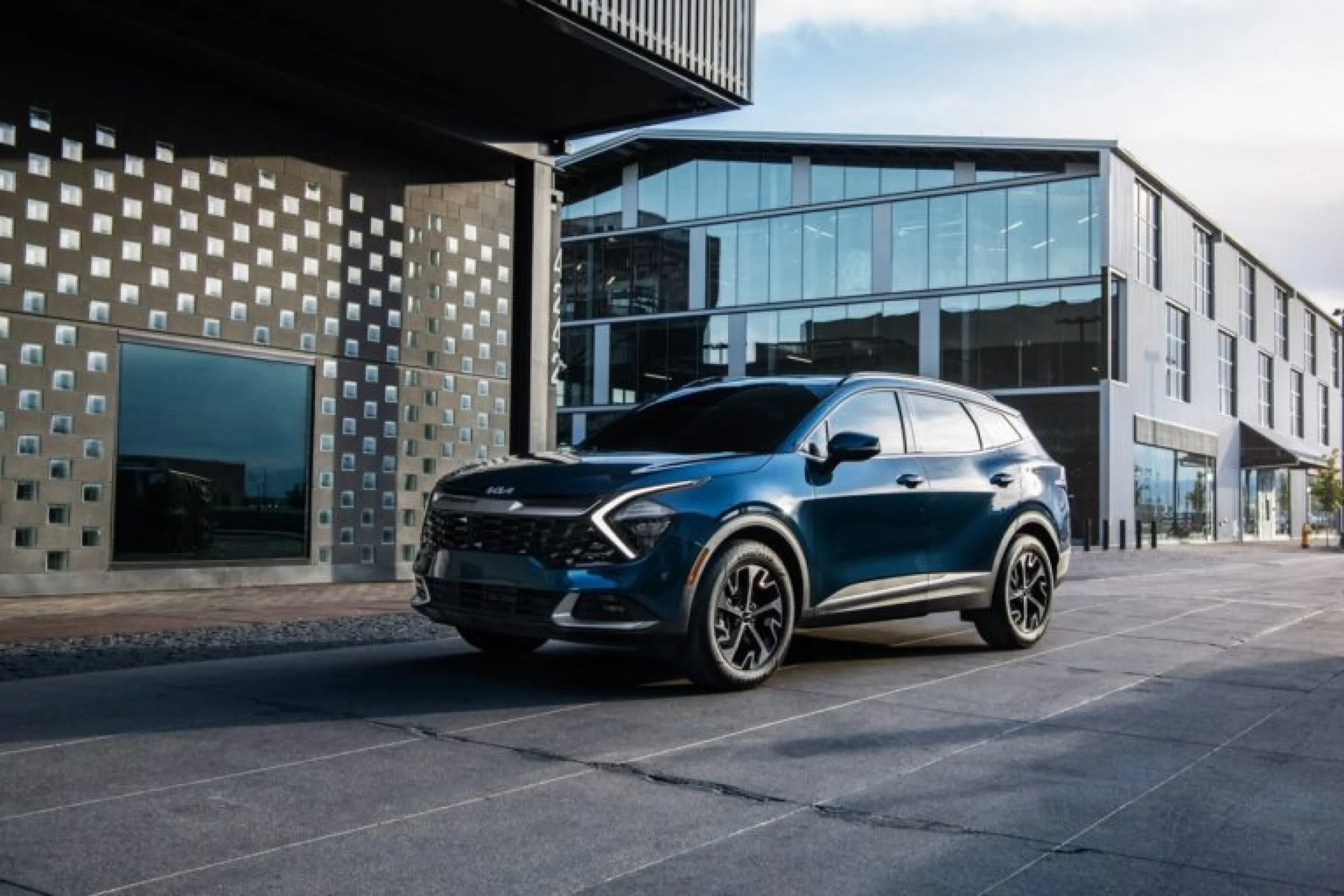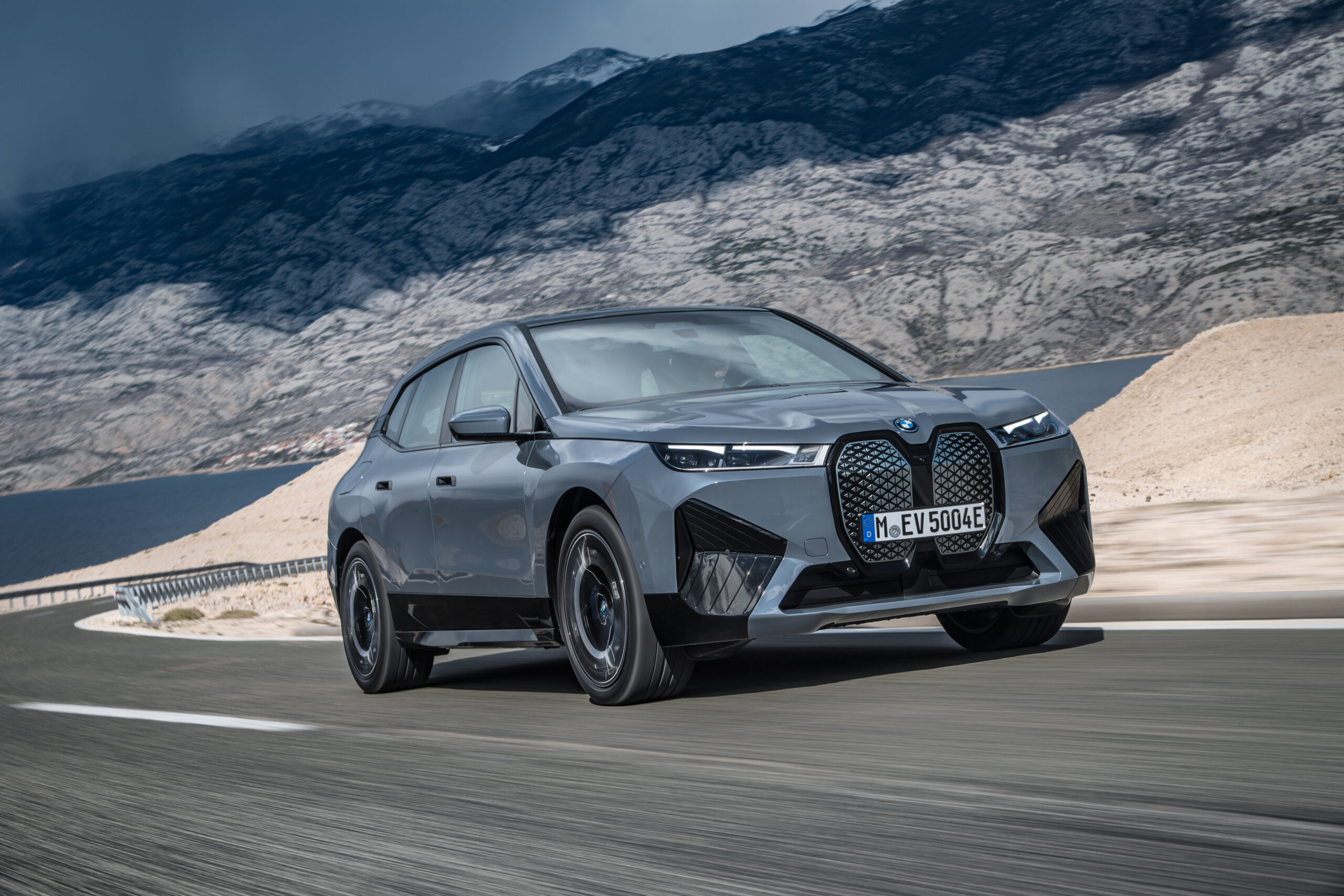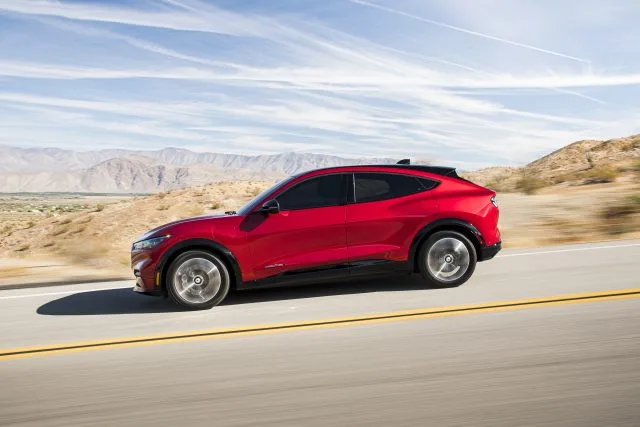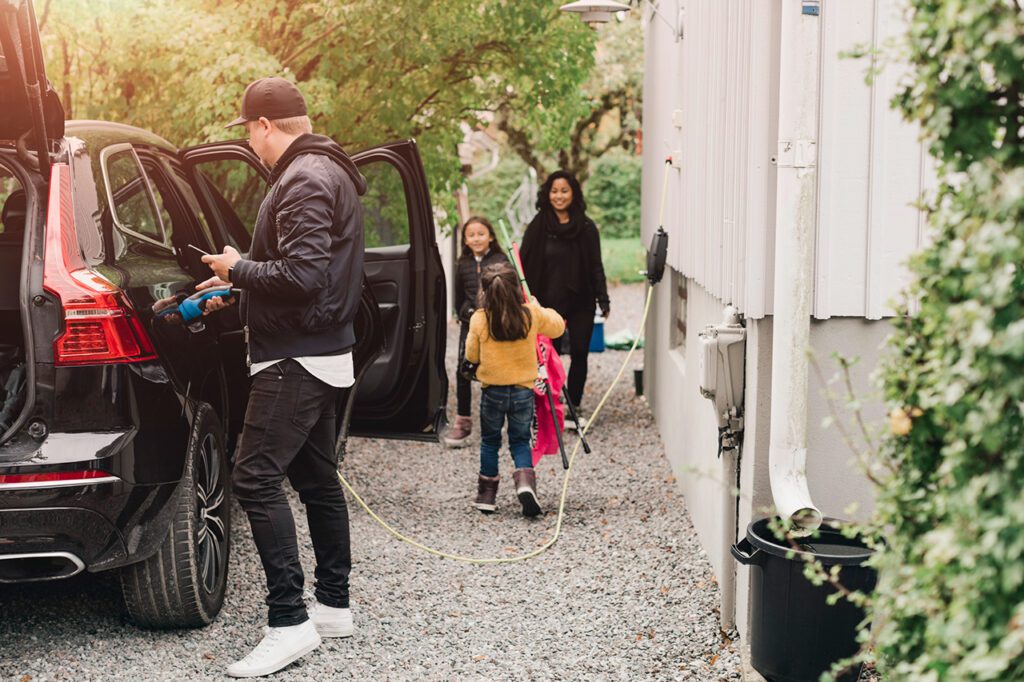
Every new Tesla comes with a built-in dashcam (aka Tesla Cam), providing video evidence to share with police and insurance companies if involved in a crash.
A Tesla Model 3 owner shared that he was driving with his son in California when a pickup truck driver in a residential neighborhood ran a stop sign and T-boned the Tesla at the driver-side door. Sadly, the Tesla Model 3 was totaled, and the pickup truck driver lied to the police about running the stop sign. In cases like this, the authorities may never know for sure what happened, meaning your insurance company could hold you partly or even fully responsible based on another driver’s lies.
If you have ever been in a similar incident, you are probably aware that it can often be difficult to prove who is at fault. Tesla’s technology provides additional financial protection.
An increasing number of electric models have dropped AM radio in what broadcasters call a worrisome shift that could spell trouble for the stations and deprive drivers of a crucial source of news in emergencies. Auto manufacturers say that electric vehicles generate more electromagnetic interference than gas-powered cars, which can disrupt the reception of AM signals and cause static, noise and a high-frequency hum (FM signals are more resistant to such interference.)
BMW recently stated that rather than frustrate customers with inferior reception and noise, they made a decision to leave it off vehicles that feature eDrive technology, referring to the system that powers its electric vehicles. Tesla, Audi, Porsche and Volvo have also removed AM radio from their electric vehicles, as has Volkswagen from its electric SUV ID.4, according to the carmakers and the National Association of Broadcasters. Ford said that the 2023 F-150 Lightning, its popular electric pickup truck, would also drop AM radio.
Some experts say the reception problems are not insurmountable. Electromagnetic interference could be controlled with shielding cables, filters and careful placement of the electrical components in the vehicle, said Pooja Nair, a communications systems engineer at the entertainment technology company Xperi, which owns HD Radio technology. But such changes require money and effort, and it is not clear whether carmakers are willing to spend more on the service for AM radio fans.
About 47 million Americans listen to AM radio, representing about 20 percent of the radio-listening public, according to the Nielsen Company, the media tracking firm. AM listeners tend to be older than other radio listeners (about one-third are over 65), and the amount of time they spend listening to AM has increased slightly over the last five years, to just over two hours a day. Even though some AM stations have translators that send duplicate broadcasts over the FM airwaves, AM signals travel farther and reach more people. AM stations can also be less expensive than FM stations to operate, allowing some to offer programming geared toward specific communities, such as religious or cultural.
On Feb. 3, the U.S. Treasury Department announced that electric cars classified as small sport-utility vehicles with a sticker price of up to $80,000 now qualify for the full federal EV tax credit. Until the clarification on electric-vehicle classifications, the price cap for those vehicles to qualify for the credit was $55,000.
The change to the vehicle classification standard should clear up confusion for electric vehicle shoppers. The price threshold effectively made some trims of the same car qualify for the credit, while higher trims of the same car did not. “This change will allow crossover vehicles that share similar features to be treated consistently,” the Treasury said in its statement. The classification, based on the EPA Fuel Economy Labeling Standard, allows consumers to view vehicle Monroney stickers when researching cars on fueleconomy.gov for available EV tax credits and price caps.
To apply for the updated $7,500 federal EV tax credit passed under the Inflation Reduction Act, a vehicle’s final assembly must have been completed in North America, and it cannot exceed a manufacturer suggested retail price of $80,000 for vans, sport-utility vehicles and trucks, or $55,000 for “other vehicles.” MSRP does not include the mandatory destination fee that has ballooned in recent years.
The confusion with the IRS guidance up until now was that “small sport-utility vehicles” with a gross vehicle weight of under 6,000 pounds, were classified as cars or “other vehicles.” That $55,000 price cap effectively splits the credit on some popular electric crossovers so base trim models might not qualify for the credit, while mid- and top-trim models would.
Honda will use a new hydrogen fuel-cell system jointly developed with General Motors in a U.S.-built CR-V crossover. The fuel-cell CR-V will be built in Ohio and launch in the U.S. and Japan by the end of next year.
Honda engineers have cut the cost of the next-generation system to one-third that of the system used in Honda’s previous fuel-cell car – the Clarity sedan, which debuted in 2016. Among other improvements, the durability of the system will be doubled, and the low-temperature performance will be boosted. The new system starts up significantly faster at temperatures as low as minus-22 degrees.
The new technology is an outgrowth of a joint development between Honda and GM dating back to 2013. Honda and GM have been pooling resources on hydrogen fuel-cell development to defray the high costs of the technology, which is seen as a critical steppingstone toward carbon-neutrality goals. The industry will continue its pivot away from internal combustion engines toward electrified vehicles in all formats – as well as the exploration of connectivity and monetizing the reams of data produced as the industry seeks more profit pools. Honda, the world’s largest maker of internal combustion engines, intends to phase out gasoline-burning power plants by 2040 and sell only battery-electric or fuel-cell vehicles by then.
Honda aims to halve the cost of the fuel-cell system by 2030, compared with the technology coming next year, and again double the durability in that time frame. By 2030, Honda expects fuel-cell technology to gain wider acceptance, driving deliveries to 60,000 units a year, and by the late 2030s, annual sales should hit hundreds of thousands of units.
The fuel-cell system arriving in 2024 will be made at a Michigan fuel-cell plant jointly operated by Honda and General Motors. The hydrogen powered CR-V will be assembled at Honda’s Performance Manufacturing Center in Marysville, Ohio, where the NSX supercar was built. The CR-V will accept home charging of its electric battery as well as hydrogen refueling.
AAA’s Recommendation: Whether you own an electric vehicle or a gas-powered car is up to you – and you should consider lots of factors in making that choice. No matter what type of vehicle you’re choosing, we recommend visiting a dealership, test driving one, and asking as many questions as possible to make an informed decision.







